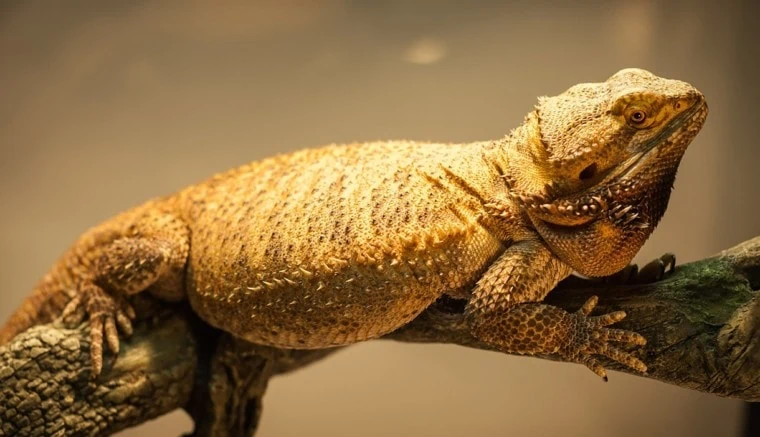
Description:
Scientific name: Pogona vitticeps
Life span: 10-15 years
A lizard species known as the Central bearded dragon has a flattened body that is fully covered in specialized scales. The dragons have big, wide eyes and a robust, thorny appearance. Specialized scales cover the flap of their skin in thick, spiky projections. The dragons have orbital crests that extend from their eyes, across their faces, and all the way to the tip of their snouts. Powerful legs have five clawed digits at the end and are covered in sharp, shingled scales.

Native Region/Habitat
In eastern and central Australia, Pogona vitticeps has a widespread natural distribution. From the eastern half of southern Australia to the southernmost part of the Northern Territory, they can be found. Pogona vitticeps inhabits a wide variety of environments, including scrublands, dry woods, and deserts.
Behavior:
A semi-arboreal species, beard dragons. They can be discovered in the wild resting among foliage or in brightly lit basking spots. These creatures are typically nocturnal. Yet, they are regularly spotted on highways after warm days. The Central bearded dragon is a good climber and may frequently be seen perched on fence posts, tree branches, and shrubs. It spends just as much time perched as it does on the ground. While occasionally gathering in flocks to graze and soak up the sun, they are not gregarious animals. As they congregate in groups, they adhere to a specific hierarchy: when basking, the highest-ranking individuals typically pick the sunniest and highest locations, while the rest of the group is assigned lower spots. Males will flaunt their beards as part of wooing rituals throughout the mating season, while females frequently employ them as aggressive displays.
Care As a pet/In captivity:
To ensure that your bearded dragon stays healthy, it is essential to optimize all of the enclosure’s environmental factors. While an adult dragon requires at least 50 gallons of space, a baby dragon can survive in a cage that is only 10 to 20 gallons in size.
Thermodynamics and Humidity: Within the cage, there must be a temperature gradient. To keep the ideal temperature of 60 to 70 degrees Fahrenheit at night and 80 to 85 degrees Fahrenheit during the day, use scheduled heaters. In order for bearded dragons to regulate their body temperature, their enclosure should feature both a chilly side and a basking region. A beardie’s enclosure should have a humidity level of between 30% and 40%. Put a hygrometer inside the cage to make sure the proper reading is kept.
Diet: Appropriate insects, which also need to have calcium-rich guts, include locusts, silkworms, crickets, waxworms and mealworms.
Table





